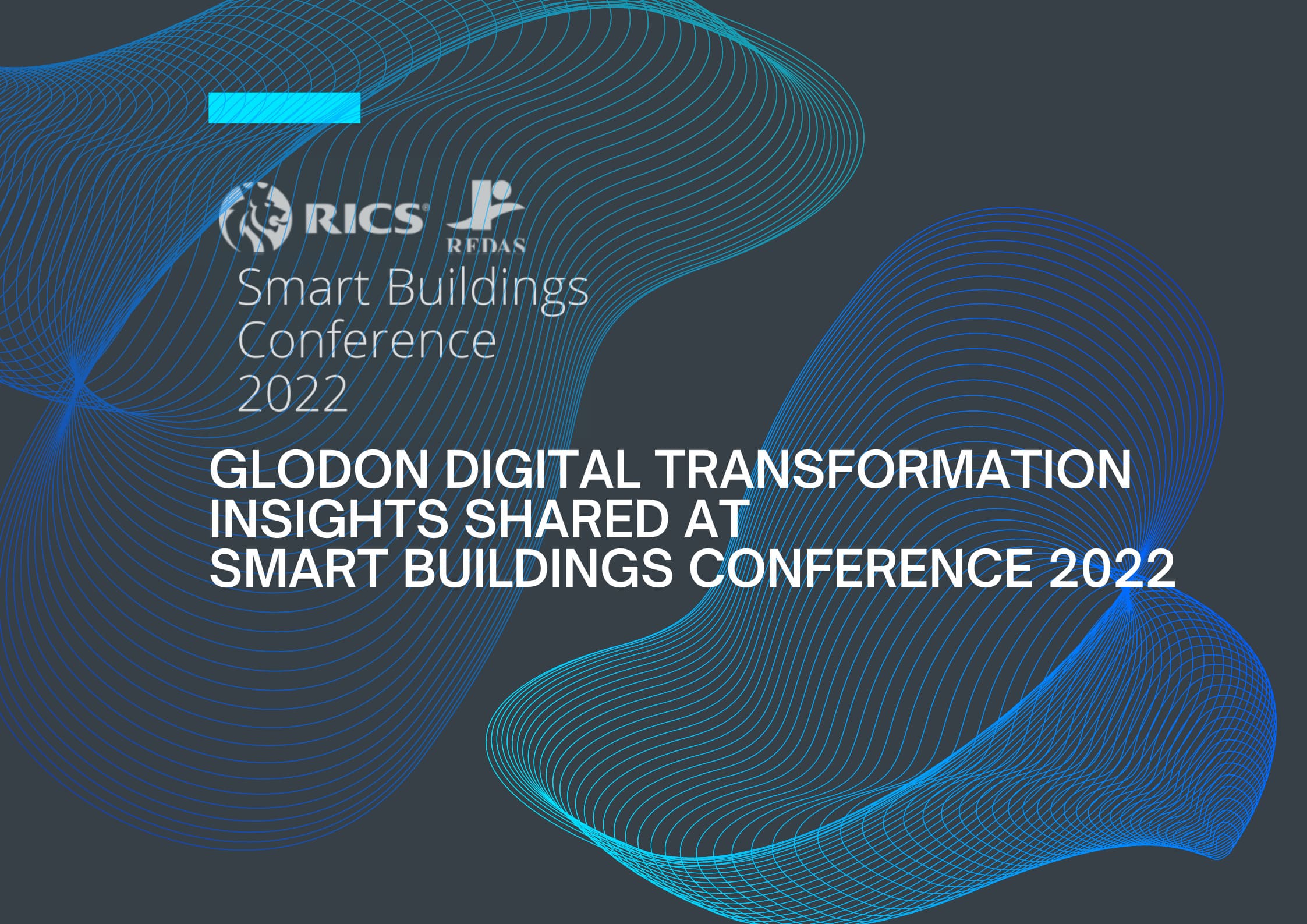Apr 21.2023
Changing Workforces with Digitalisation in Construction
There has been a paradigm shift in the construction industry due to the adoption of data and digital technologies. The sector has traditionally been labour-intensive, with manual work dominating the majority of activities. Data and digital technologies have revolutionised how buildings are designed, constructed, and operated. Digitalisation has transformed the sector, creating new opportunities and challenges for the workforce. Here is why and how.
New Job Roles and Skillsets Required in the Digital Era
Digitalisation is often associated with negative impacts on individuals. As machines and automation replace manual labour, digitalisation could lead to job losses and a decline in demand for certain types of construction workers. In addition, the introduction of new technologies could also create a skills gap, as there is a mismatch between the skills needed and the skills available in the existing workforce.


In recent years, there has been an increase in demand for professionals with skills related to BIM, Virtual Design and Construction, data analysis, and digital project management. To ensure the success of projects, professionals must effectively collaborate with architects, engineers, and contractors. In addition, the growing use of robotics and automation in construction creates a demand for workers with these skills as well. Digital tools, robotics, and automated equipment require workers to possess proficiency in their use and maintenance.
Need for Upskilling and Reskilling
As a result of digitalisation, many previously manual tasks have been automated by new technologies and tools. Building components and structures can now be created using 3D printing, while drones can be used to survey construction sites and monitor their performance. It will be necessary to train workers in the use and maintenance of increasingly sophisticated technologies as they become more sophisticated. As part of collaboration and project management, construction personnel must also be familiar with software programs and digital platforms. In order to meet the demands of digitalisation, companies will need to invest in training and upskilling programs. A collaborative approach is also necessary to identify and prioritise the skills needed to drive digital transformation in the construction industry.
Roles of the Educational Institutes and Industry Associations
"The workforce should be not only professional with their traditional construction methods and workflows but also be able to use new digital technologies and tools," said Dr. Fangyu Guo, assistant professor at Xi'an Jiaotong-Liverpool University.
Associations and educational institutions can play a crucial role in facilitating the digital transformation of the built environment.
For students and workers to develop relevant digital skills, they can provide training and education programs. Construction company training programs should meet industry standards, be tailored to their unique needs, and include classroom instruction, hands-on training, and on-the-job coaching.
Digital transformation is hindered by a lack of standards and regulations, which can result in inconsistencies in data exchange, making it difficult to use different tools and systems at the same time. Norms and standards can be developed by these organisations in order to regulate industry practices and guide companies in adopting and implementing digital technologies in this regard.
Glodon serves 340,000 business customers and collaborates with over 1,800 architectural colleges, 80 industrial associations, and 11 industry alliances as a digital enabler. Glodon has also formed strategic partnerships with other companies and colleges in other industries to improve the industrial ecosystem and upskill the construction industry by making continuous improvements.













